Yes, the new Sidewinder models from Yamaha and Thundercat/9000 series sleds from Arctic Cat truly are that powerful!
No matter what you’ve heard about the machines, no matter how much marketing spin you’ve been spoon fed by the folks at Yamaha or their manufacturing partner Arctic Cat, the acceleration of the Sidewinder and Thundercat and related 9000 Series models featuring the turbocharged 998cc four-stroke triple will still stun you the first time you ride one.
Guesstimate comparisons have been made by folks who have not yet ridden the new machines to the recent turbo-charged 1100 Suzuki twin found in previous Arctic Cat 9000 models, or to various machines of the triple-piped-triple two-stroke era (long live the Mach Z!). But once saddle time is achieved, testers quickly realize that those comparisons don’t stand up – the acceleration feel of these new machines truly stands apart. This is a new benchmark.
Off of a starting line, the Sidewinder and Thundercat models feel stout but not overwhelming when RPM are kept below 6500. Once the engine speed crests that mark, though, the turbo kicks in and there’s an acceleration pull that is unprecedented from a stock machine. Terms like “arm-stretching power” have been thrown around by sled evaluators since the 1970s, but this one lives up to the billing – hold on tight. Comments from test riders included “these things ought to be shipped with a couple hundred track studs and a life insurance policy” and “nobody really needs this kind of power, but damn that thing is fun!”
“It’s hard not to go super-fast on these machines, because it’s so fun when that turbo kicks in,” another test rider noted.
North American Yamaha officials have been sheepishly claiming the engine makes “more than 180 horsepower” but then quickly brush off that figure by noting that it’s a conservative number provided by their Japanese headquarters, which notoriously offers low figures compared to how engines are dyno tested on this side of the planet. More recently, a dyno test by Jim Czekala of DynoTech Research has shown just how conservative that number is – his dyno showed the new engine topping 204 hp. As a basis of comparison, Czekala rated the 1100 Suzuki Turbo used by Arctic Cat between 180 and 183 hp over the years – this is a big jump.
Yet as incredibly strong as that pull is, these snowmobiles are neither violent nor obnoxious. There is definitely a difference in the acceleration rate before and after the turbo kicks in, but once the hair drier is force-feeding extra boost to the cylinders the acceleration rate is very linear and, after getting used to it, quite predictable.
Aside from that incredible extra power, however, there are no other indications that the sled is a turbo. There is no extra whooshing, no “quiiisssshhh” or chattering chipmunk sound when the throttle is released, as with other turbo models (factory or aftermarket) due to a waste gate dropping the charge. There also isn’t any excessive engine braking feel, caused by that pressure dump slowing or reversing the turbo impeller. Instead, an air bypass circuit cycles off the pressure and makes it available when the throttle is re-engaged. In fact, the machines run quietly while blasting through the woods or across the lake. Read extra details about the power package by clicking here.

The chassis in which the engine sits is a known quantity. Introduced by Arctic Cat as the ProCross chassis for model year 2012 and shared with Yamaha starting in 2014, it’s a sturdy platform with roomy ergonomics and a flat-cornering front end. New for 2017 are smaller hand grips that our test team truly appreciated, plus an LED headlight, which we have not yet tested (night riding is not allowed at the test event). The turbo models also required new body panels to flow more air.
In our testing of pre-production machines at the 2017 Rode Reports, the Arctic Cat trail models handled better, thanks to stock skis that are more predictable than Yamaha’s Tuner III models, but our test team felt that the Yamaha models accelerated a bit stronger – maybe due to Yamaha’s new clutching setup. This all comes with a caveat, however: Both Yamaha and Arctic Cat officials said that they had an unusually short period of time to tune these sleds before our tests, and final production specs won’t be reached until later this spring.
We suspect Yamaha and Arctic Cat dealers are going to sell a lot of these models the first couple of years – the go-fast crowd will eat them up and, based on our first impressions, they will not be disappointed with their purchases, even if they have to part with $16,000 to get one.
Editor’s Note: Every issue of Snow Goer magazine includes in-depth sled reports and comparisons, aftermarket gear and accessories reviews, riding destination articles, do-it-yourself repair information, snowmobile technology and more! Subscribe to Snow Goer now to receive issues delivered to your door 7 times per year for a low cost.

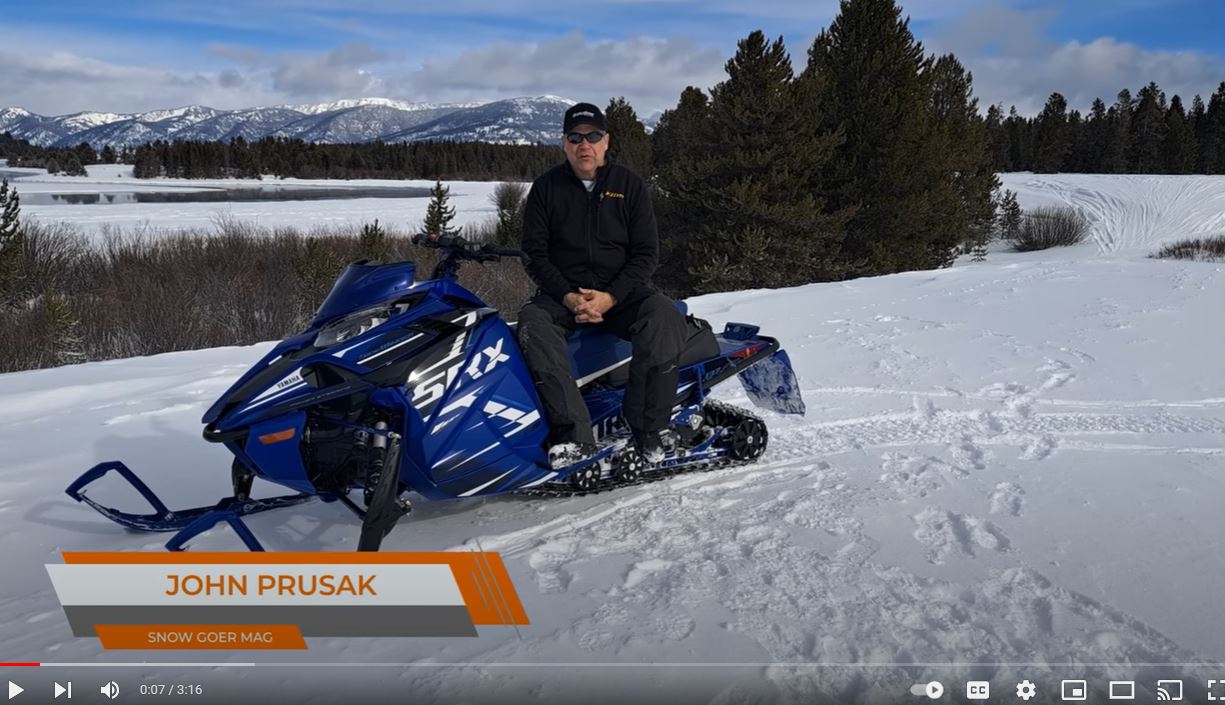
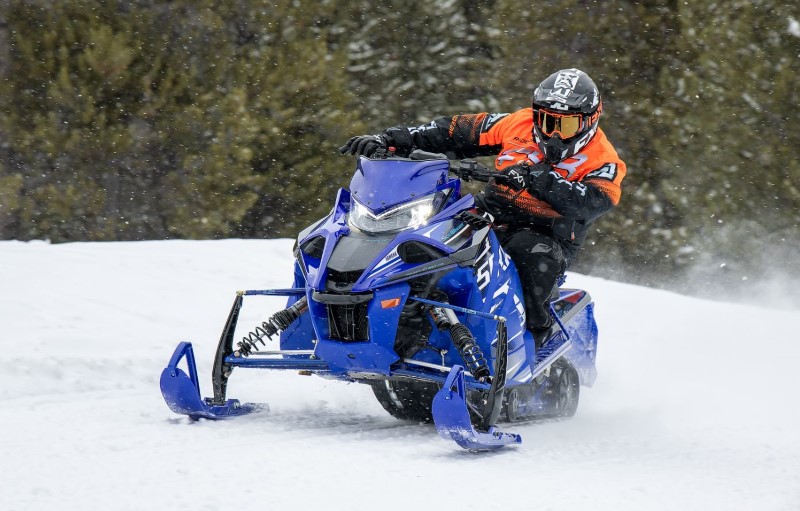
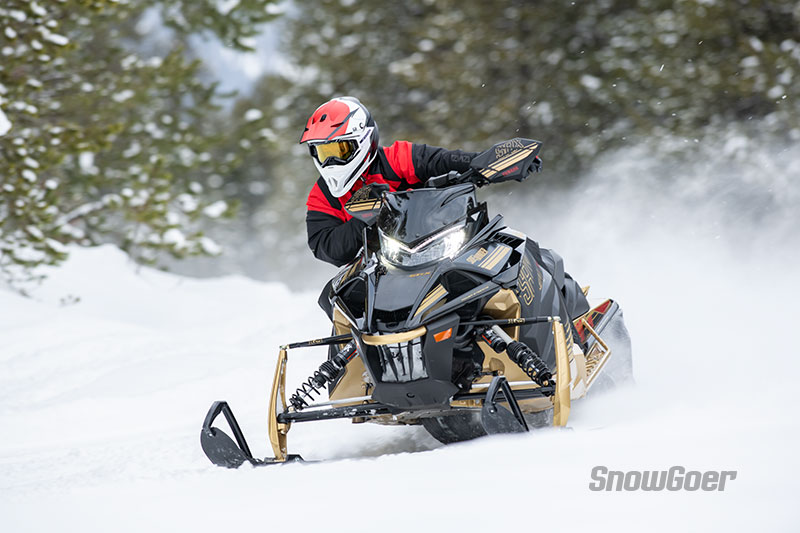
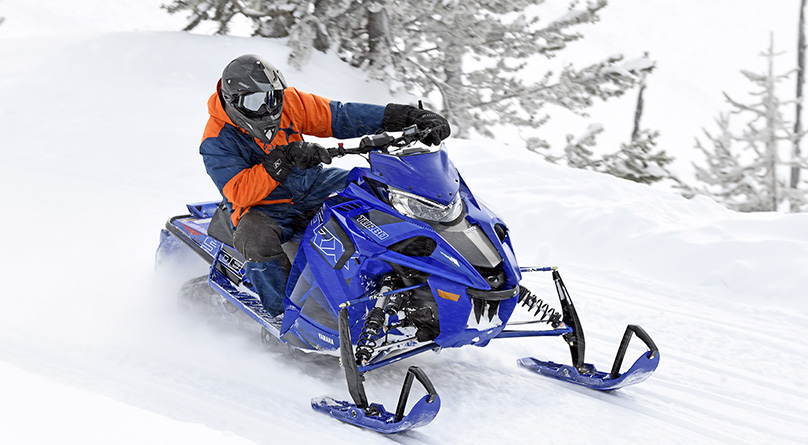
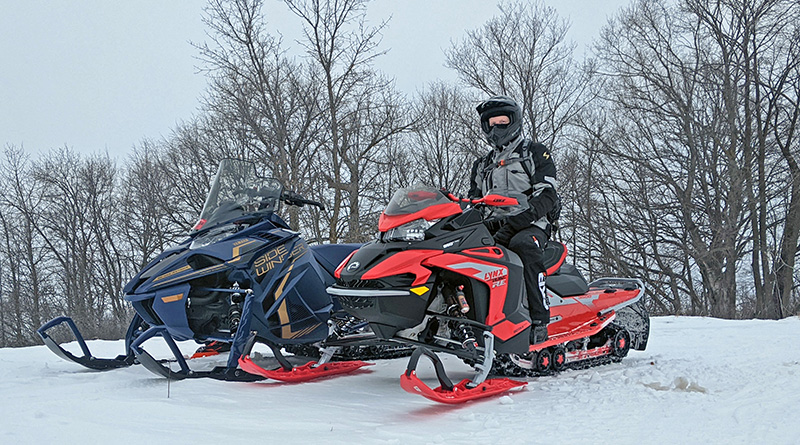
You guys keep talking up the ThunderCat and Sidewinder but you sure shy away from the weights of these machine. They are heavy, why don’t you guys come clean and admit it.
Have you ever rode one? Please do that and then talk.
The TCat in its original concept is something to experience. It was dominant in speed; not because it was the lightest chassis or best suspension, but because it was the biggest hammer in the drawer. With pure horsepower and torque, it would beat you to the finish line. The concept was very simple. With a lighter and more flickble sled, perhaps even more responsive clutches on the low end, you could beat it off the line. This only proved to be a teaser. When the long legs of the TCat got going, it would catch you and pass you like a bullet! No matter what you did, there was no catching up! The TCat would be out of sight and pass the finish line before the challenger knew what hit them. In the realm of drag racing, the TCat engine is something like the “Hemi.”
Nowadays, with a better designed chassis and other features, this TCat has got to be a force to be reckoned with. Overall weight has been reduced, But it comes down to what ride experience your looking for. I would hesitate to malign the TCat before you experience it.
??? 600 LBS., 700 LBS. ????? 204 HP is COOL, but if it is heavy its no good in the woods.
Say what you will, but if there’s one thing Yamaha knows how to do, it’s build a great engine! The cat seems to have a better chassis and clutch system. If there’s one thing that sure, The 17 TCat is a combination between cats design excellence in chassis and clutching with Yamaha’s excellence in high performance engine design. A trouble free high performance lead that will be with you for as long as you want it! That’s a win-win no matter how you slice it!